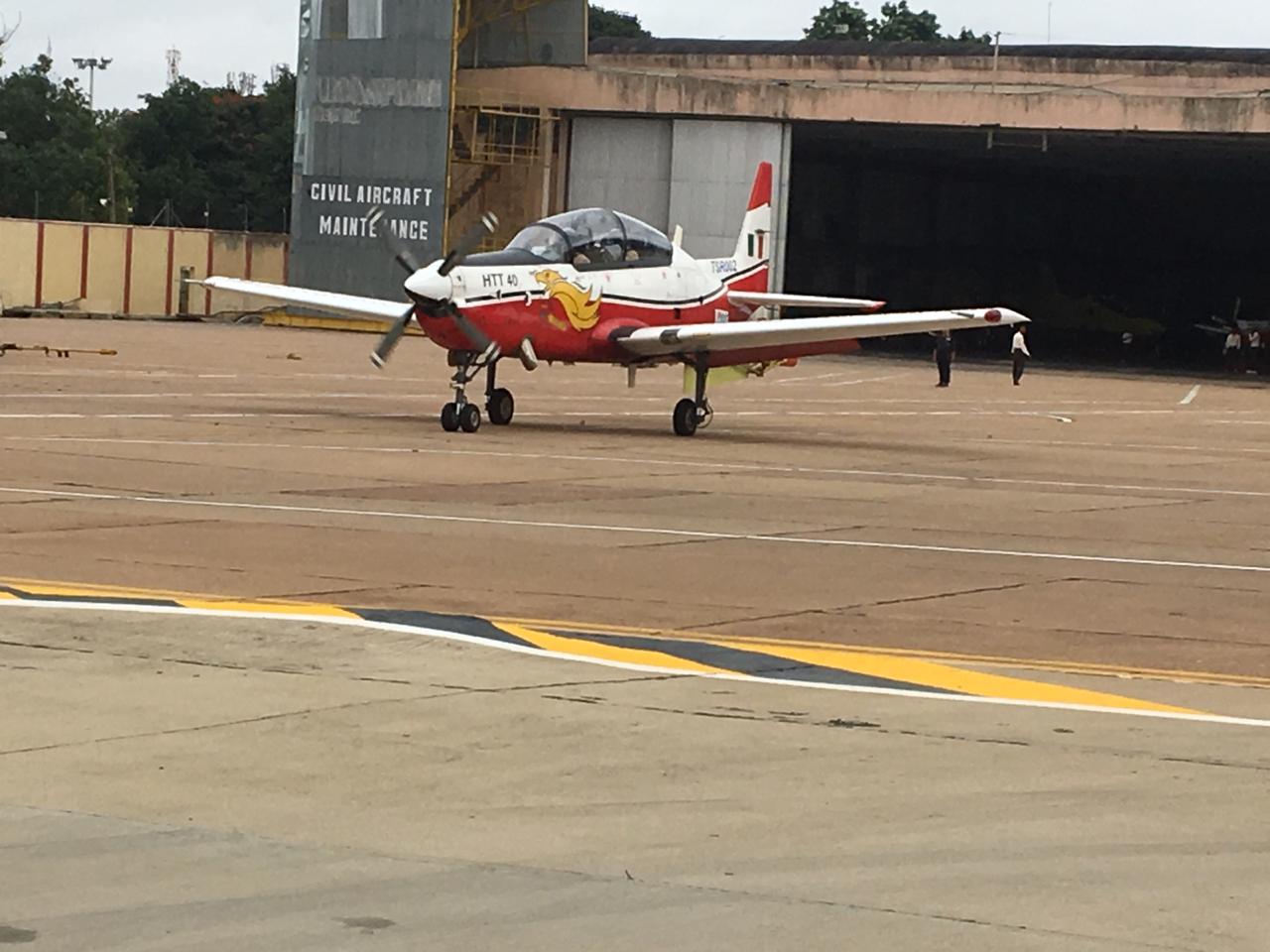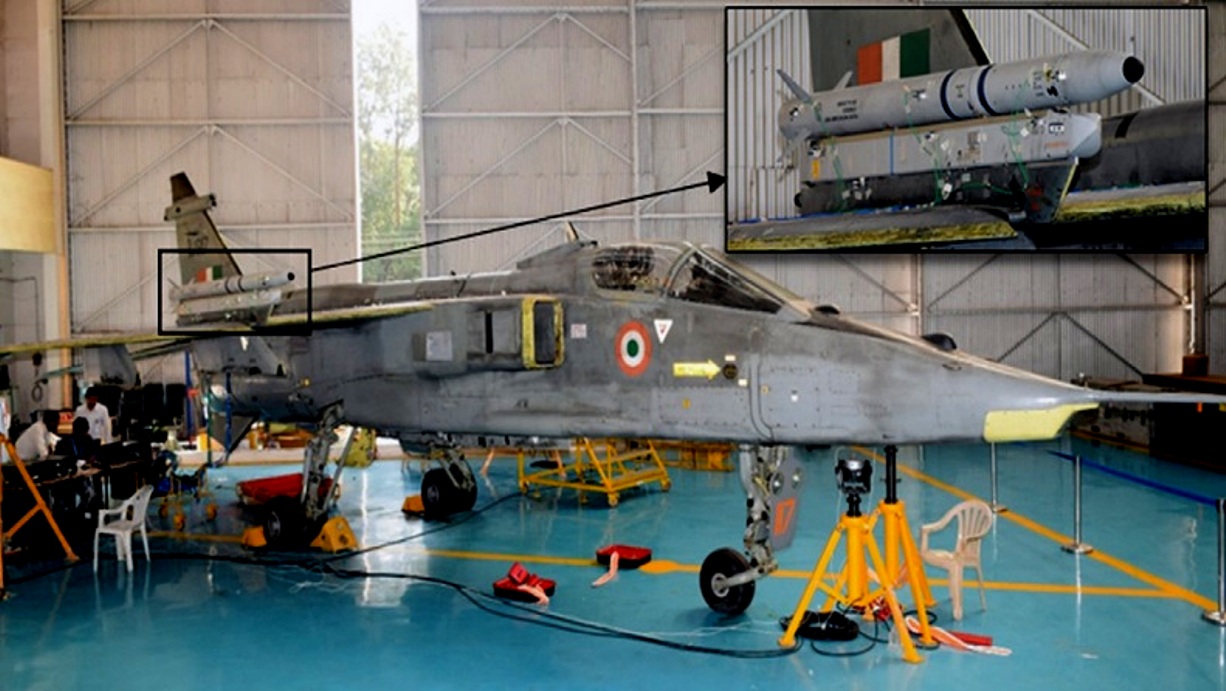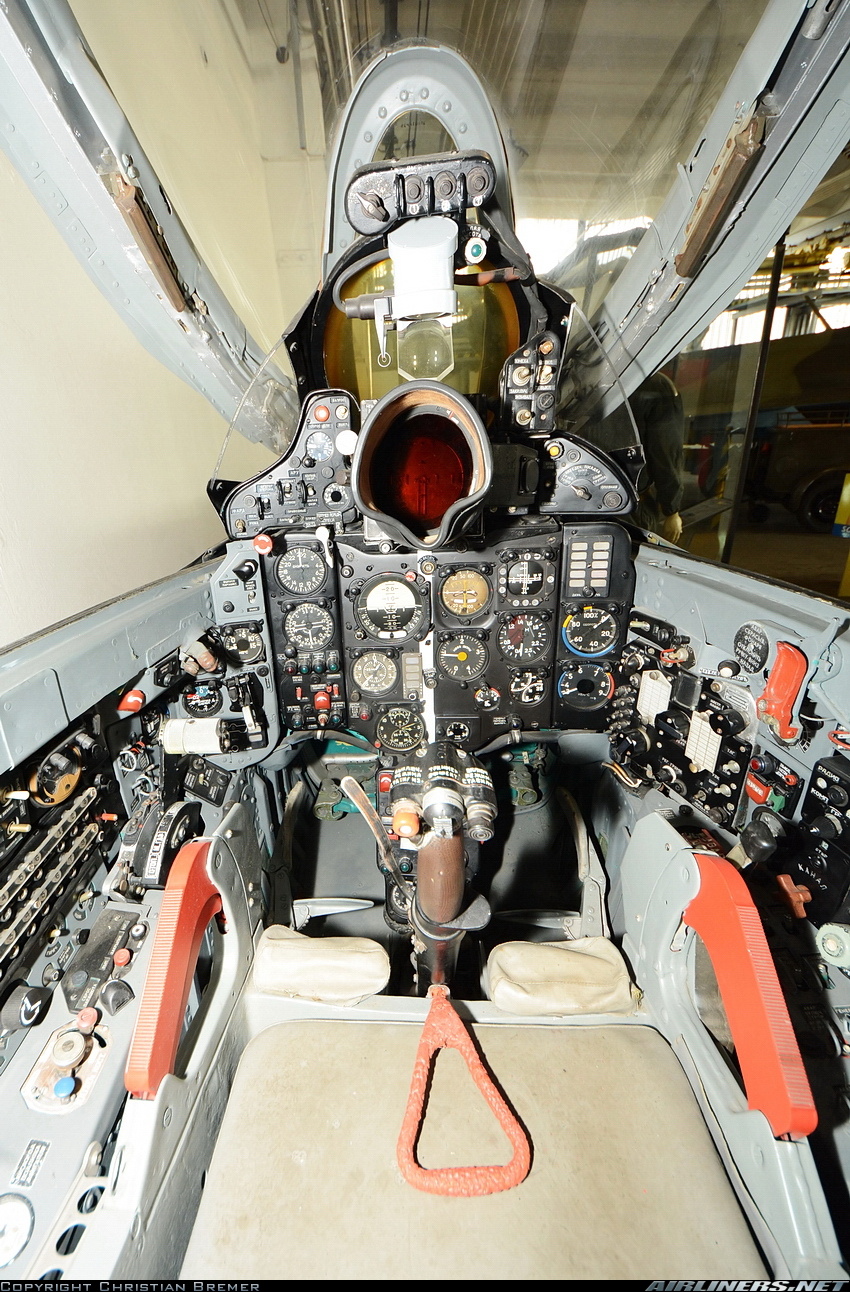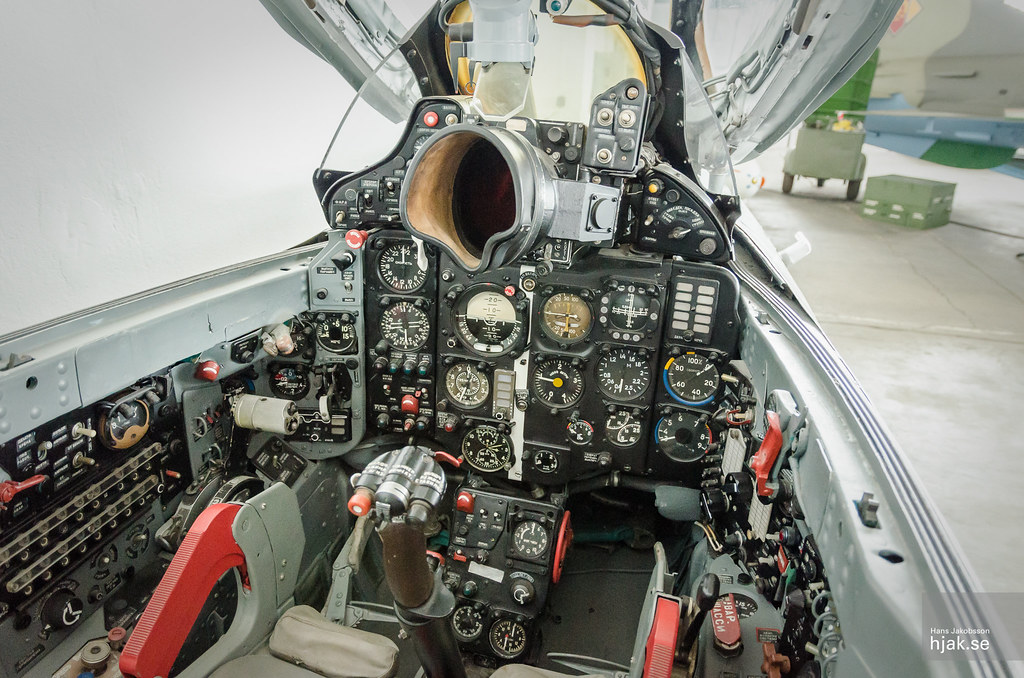
This is ths final configuration. Single ventral fin, no dorsal fin. The spin chute will obviously come off. But, I don't see the MLG doors

No. It uses the 0-0 Martin Baker ejection seats.Philip wrote:Great news.An armerd version for COIN woulx be very useful. Q.Does the HTT- 40 have lightweight ejection seats?
Vips wrote:It is best to avoid Russian planes for civil aviation. They have a horrible record with the latest to bite the dust is the SSJ series. The initial lower cost of Russian planes are deceptive and more needs to be taken into account -Overall serviceability/availability, life time running costs etc.
Russian civilian aircraft have had few takers outside of Russia (and formerly the SU) for obvious reasons. But do you have statistics proving that Russian civilian jets crashed at a higher rate than their western counterparts and what percentage of those crashes were due to design and/or manufacturing defects? Since you have mentioned the horrible record, I assume you do.Vips wrote:It is best to avoid Russian planes for civil aviation. They have a horrible record with the latest to bite the dust is the SSJ series. The initial lower cost of Russian planes are deceptive and more needs to be taken into account -Overall serviceability/availability, life time running costs etc.
I swear, its getting a bit too funny now. On the one hand everyone gives angry soundbytes about HAL being so chalta hain, doesnt agilely compete for business like a true private firm, and then you have this.Indranil wrote:I don't understand the criticism of HAL here. Are we criticizing HAL for compet in ng and trying to save its share of pie. Which company wouldn't?
OT let's move that discussion to Intl Aviation we can discuss there.Philip wrote:Anyone remember the ongoing crisis with Boeing's 737 Max birds!
Dont want to go OT. Check the saga of Interjet with SSJ. They have the entire fleet of SSJ grounded and have offered it for sale (which of course nobody is buying). They are ordering Airbus 320 NEOs now.nachiket wrote:Russian civilian aircraft have had few takers outside of Russia (and formerly the SU) for obvious reasons. But do you have statistics proving that Russian civilian jets crashed at a higher rate than their western counterparts and what percentage of those crashes were due to design and/or manufacturing defects? Since you have mentioned the horrible record, I assume you do.Vips wrote:It is best to avoid Russian planes for civil aviation. They have a horrible record with the latest to bite the dust is the SSJ series. The initial lower cost of Russian planes are deceptive and more needs to be taken into account -Overall serviceability/availability, life time running costs etc.
As far as the SSJ is concerned, there have been 2 fatal crashes. The first one was pilot error during a demo flight. The second one was after a lightning strike necessitated an emergency landing which went wrong.
Nothing quite so severe as a manufacturer failing to disclose an automated system for stall avoidance to the pilots and the system then going horribly wrong and crashing the aircraft for example.
They have made 180 of those till date and got more order at maks , they are also building global support base to take care of support issue which is what they found as bottle neck , Sukhoi is new to civil business so there is learning curve.Vips wrote:It is not just the business model that changed. Interjet coundnt wait to junk the maintenance heavy SSJ, no wonder they are not able to sell the grounded fleet.Fact is SSJ is a lemon.


It’s all systems go for the first test-firing of an MBDA ASRAAM close combat missile from an Indian Air Force Jaguar combat jet. The photograph you see here, taken late last year, is the the first known photograph in the public domain of an IAF Jaguar sporting the ASRAAM. It depicts qualification tests for the overwing launcher adapter and ground vibration tests under the aegis of the National Aerospace Laboratory (NAL) in Bengaluru. The lab has also conducted flight flutter tests on the integration. A first test firing of the ASRAAM is expected to take place before the end of the year off the coast of Goa.
The IAF’s new chief Air Chief Marshal Rakesh Bhadauria happens to be a Jaguar pilot, though he has taken office at a time when the IAF has had to take tough decisions on strengthening its Jaguar fleet. At his inaugural press conference earlier this month, Bhadauria said, “The Jaguar DARIN 3 (Display Attack Ranging Inertial Navigation) upgrade will be implemented as per plan, engines and obsolescence will be managed, but no new engines will be fitted.” He was referring to long-standing $700 million plans to replace the Jaguar’s old and notoriously underpowered engines with new turbofans, an effort in which U.S. firm Honeywell’s F125N engine emerged the sole possibility. The re-engine program is now dead owing to cost and priorities.
The ASRAAM is the second new missile integration on the Jaguar in the last few years. In 2013, the IAF’s Jaguars began flying with new Boeing Harpoon anti-ship missiles. Earlier this year too, HAL unveiled what it called the ‘Jaguar MAX’ upgrade to open up its DARIN II airframes to more weapon choices, including the ability to deploy 4 privately developed swarm drones. The IAF remains divided on spending scant modernisation resources on an ageing platform, so the ASRAAM is likely to be the last new bit of kit slung on.
In January, Livefist scooped IAF plans to integrate the ASRAAM on its Su-30 MKI fighter platform, with bigger plans to standardise the missile system across its fighter fleet. The Su-30 MKI integration plan though has expectedly hit rough weather with Russia. While the ASRAAM’s maker MBDA U.K. has said its ASRAAM-related activity in India is currently focused on completing the Jaguar tests, the IAF’s next steps on the fleet-wide adoption of the ASRAAM will be more clear in the next few months. Over the last two years, it has become known that the IAF is weighing ASRAAMs on its Hawk trainers for a mixed force profile and considering the ASRAAM for its LCA Tejas, where it will need to dislodge HAL’s current choice of the Rafael Python.
“The Jaguar is no longer easy prey,” says Russel Martin, head of technical and military operations military advisors at MBDA UK. “We’re working with the IAF and HAL to conduct the first firing from a Jaguar as soon as possible.”
While clarity remains elusive on the extent to which the IAF will manage to standardise the ASRAAM across its fleet, MBDA recently unveiled an agreement with Indian state-owned missile maker Bharat Dynamics Ltd (BDL) to transfer final assembly and integration functions of the ASRAAM to India, a move reported by Livefist last October. The Indian forces have been saddled with a smorgasbord of airframe and weapon types over the years, so the prospect of an Indian production line certainly helps. But Israel, which has made deep strides in missile partnerships with India, won’t for a moment make this an easy ride.
The ASRAAM program is part of a larger churn in the the Indian air-to-air missile scene, with several new missile assets becoming operational in IAF service in the near future. Apart from the ASRAAM, MBDA’s Meteor, the indigenous Astra and a new generation version of Russia’s R-73 missile will be inducted in a matter of months.
Topping things off, India’s Defence Research & Development Organisation (DRDO) in February tested a complete solid fuel ducted ramjet (SFDR) propulsion system from a ground based launcher as part of a $70 million joint effort since 2013 by India and Russia to create a new generation air-to-air weapon.
Livefist also recently reported that the IAF’s keenness to explore a Meteor fit on its upgraded Mirage 2000 won’t be working out. MBDA has responded saying the MICA NG would be a better fit, given the Mirage 2000’s radar and fire control system wouldn’t be able to exploit the Meteor’s full capabilities. India’s upgraded Mirage 2000 fleet comes with a MICA IR/RF missile package similar to the one chosen for the Indian Rafale. The MICA NG is being made available to the latter platform too.


No idea. We are still 'standing in the driveway' of HAL. No inside access. I will share (what is shareable) when we come to know.Indranil in Mk1 Thread wrote:Dileep sir, I will ask the question here and you can reply in the military aviation thread.
Any updates on the developments on the IJT? That program worries and excited me.
Certifying agency RCMA (A/c) has accorded Final Operation Clearance for the HAL-built Jaguar DARIN III strike fighter. So far, three Jaguars have been modified at HAL Bangalore to DARIN-III standard and subjected to a series of ground and flight trials for the full navigation and attack capabilities.
The upgrade incorporates new generation avionics systems including the in-house developed Open System Architecture Mission Computer (JD3MC),
Engine and Flight Instrument System (EFIS) replacing traditional electro mechanical instruments, Solid State Video Recording System, INS/GPS System with GPS + GLONASS, Multi-Mode Radar, EW Suite, Autopilot and Glass Cockpit.
Some 61 Jaguars are to be upgraded to DARIN III standards.
The HAL-built Hawk-i has been integrated with indigenous Voice Activated Command System (VACS) making its first sortie on 26 July, 2019, being the first indigenous Artificial Intelligence based system to be integrated on an military aircraft in the country.
The VACS, designed and developed by the SLRDC is a Speech Recognition System which recognises pilot voice commands and sends the recognised commands to the Mission Computer for required action. This reduces the pilot workload and allows more focus on critical tasks.
India is very much likely to buy an extra batch of Russian MiG-29 fighter jets, chief of Russia’s Federal Service for Military Technical Cooperation Dmitry Shugayev said on Monday.
"There is a high probability that we will have an additional order for MiG-29 fighter jets," he said in an interview with the Rossiya-24 television channel.
India currently has more than 60 MiG-29 aircarft.
According to Shugayev, Russia has good chances to take part in India’s tender for the purchase of 110 fighter jets that is to be announced soon. It was reported earlier that the Russian side planned to take part in this tender with its MiG-35 fighter jets.
